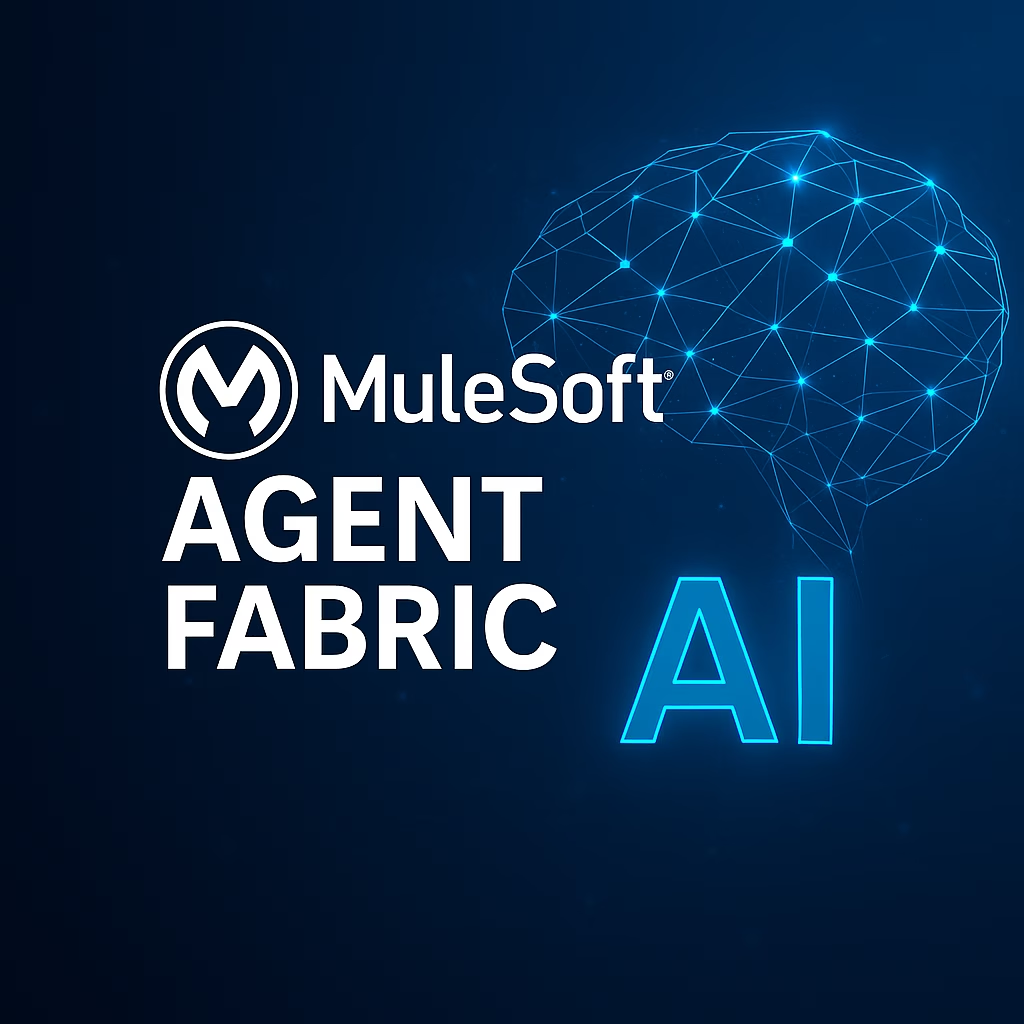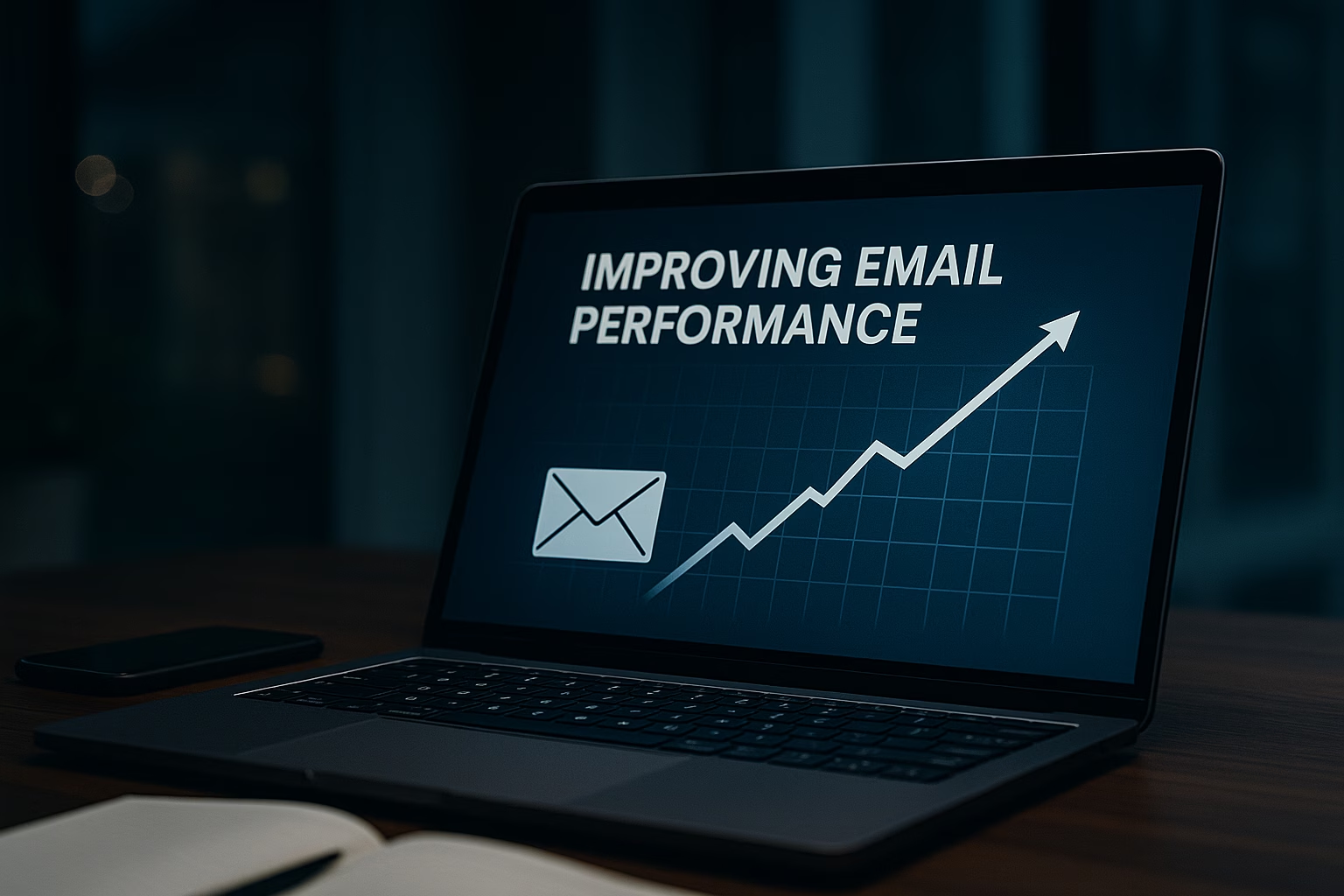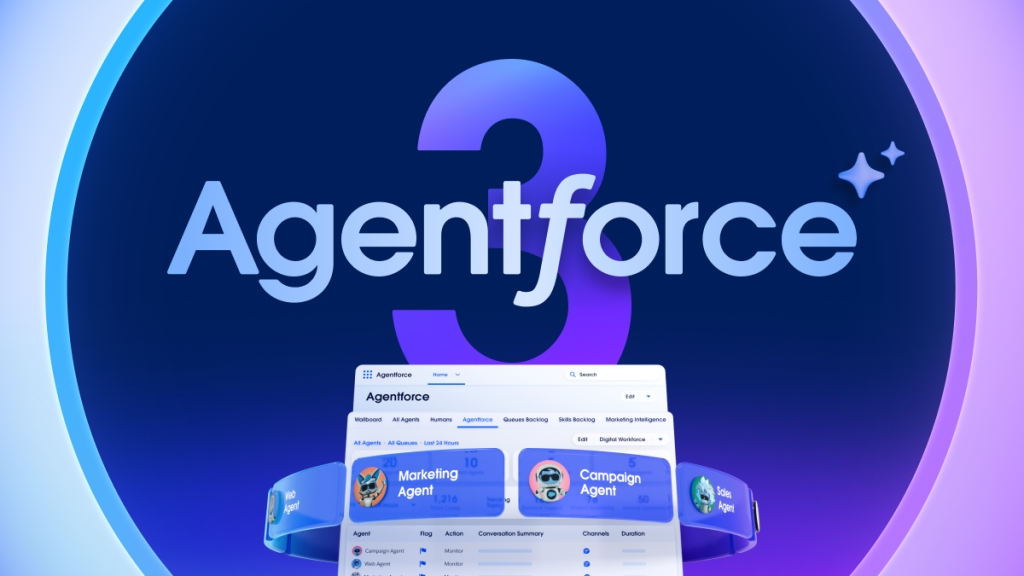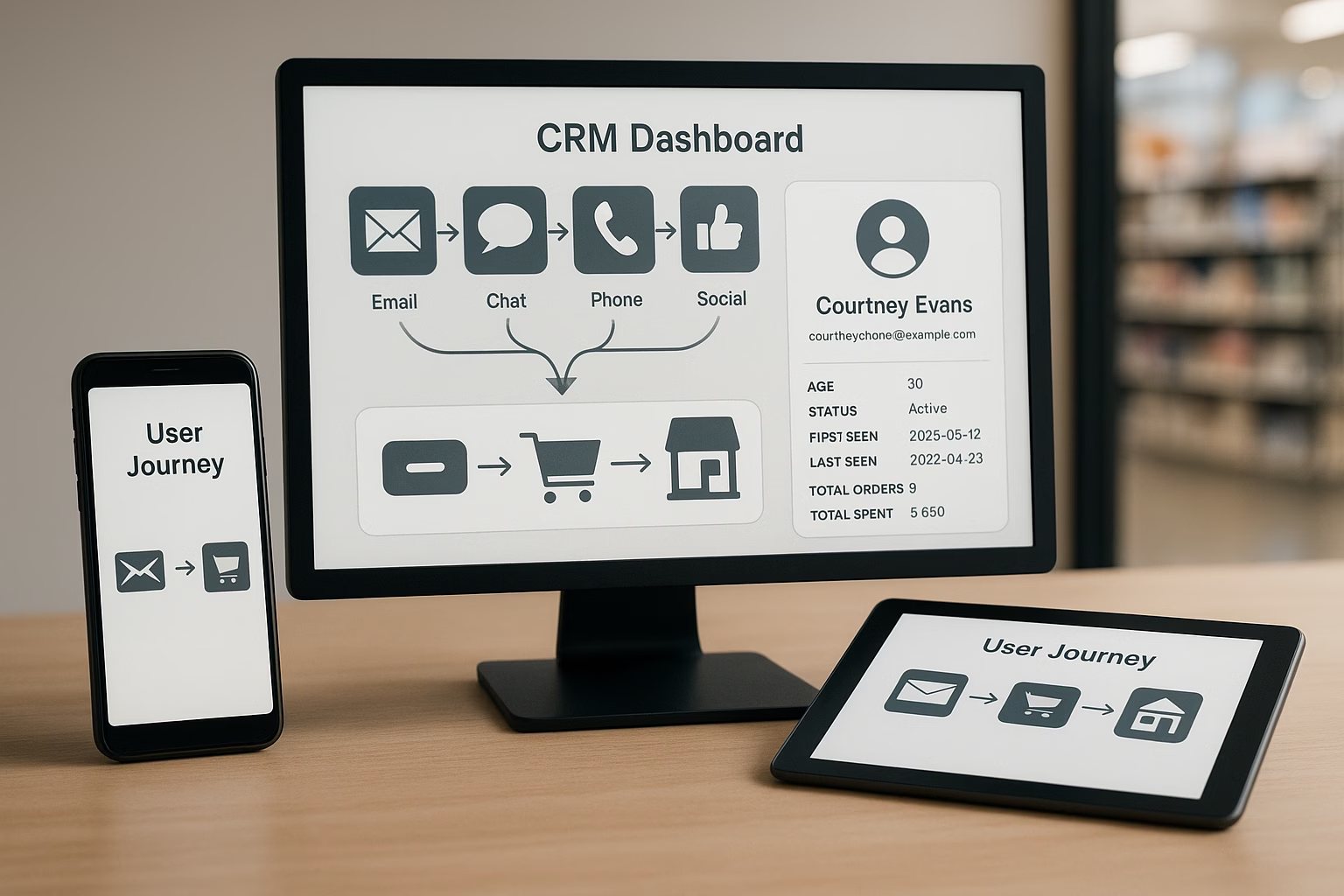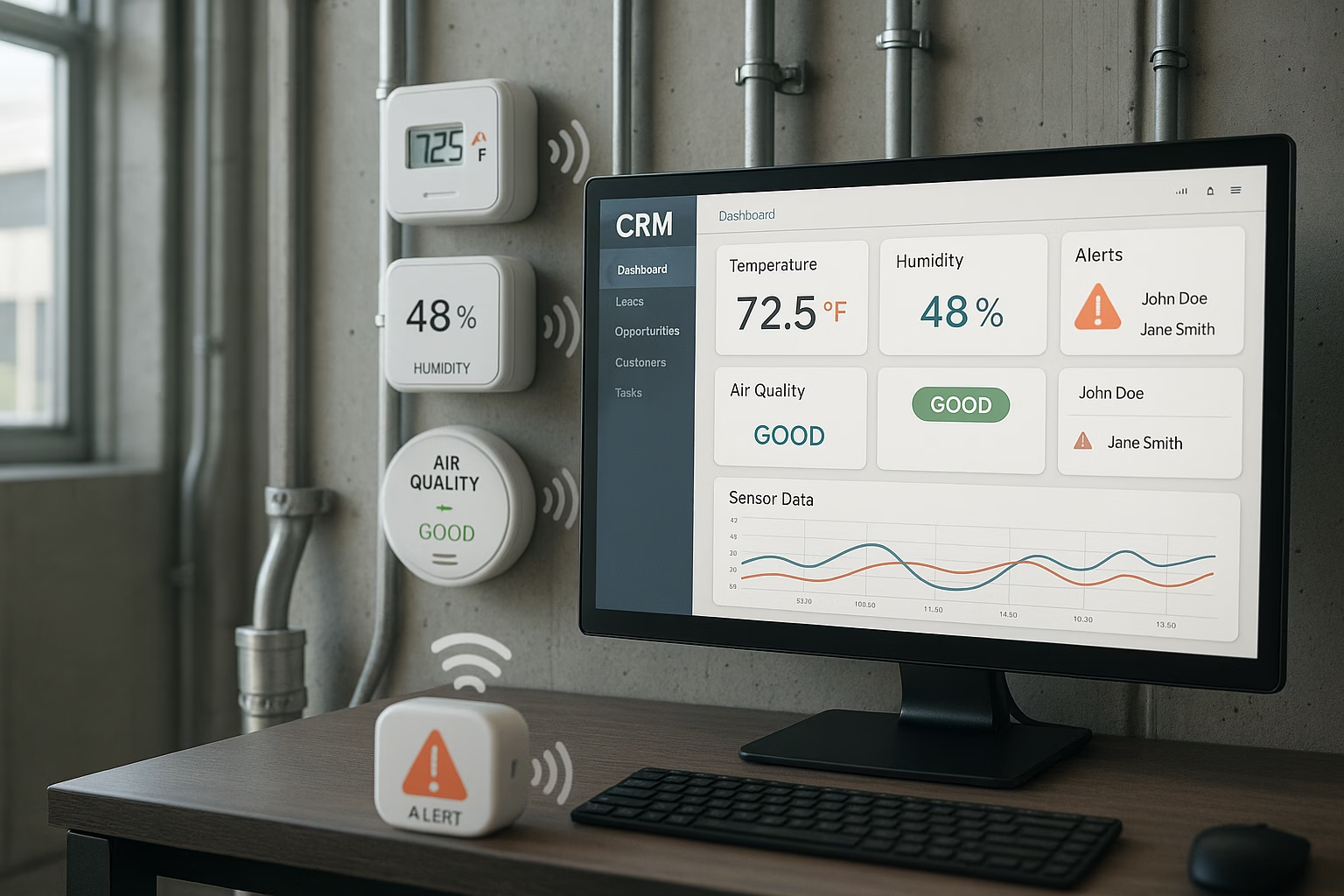Loyalty in B2B is not about impulse or emotional buying decisions. It depends on trust, consistent delivery, and shared success. While price and product matter, the real differentiators lie in seamless processes, adaptability, and a deep understanding of customer needs. Yet, many organisations assume loyalty rather than actively cultivating it, which can be a costly mistake. B2B relationships operate at a high-stakes level. Multi-year contracts, complex integrations, and significant recurring investments mean that loyalty must be continuously earned. Without a structured approach, customers will look elsewhere. So, what drives long-term loyalty in B2B? And what causes businesses to lose it?
The key drivers of B2B loyalty
Customer experience as a foundation
Outstanding customer experience (CX) used to be a competitive advantage, now it’s an expectation. According to McKinsey, B2B companies that prioritise CX generate 30-50% higher revenue growth compared to those that do not. However, in many cases, the issue is not just delivering good CX. It is ensuring adoption and engagement. The best solutions in the world are meaningless if customers do not use them effectively. Businesses that excel in CX map the customer journey in detail, identifying friction points and resolving them proactively. AI-powered support, streamlined onboarding, and well-structured training programmes all play a role. When customers experience seamless interactions and immediate problem resolution, they stay and advocate for your brand.
Consistency and reliability matter more than you think
Reliability is the backbone of B2B loyalty. A study by Gartner found that 77% of B2B buyers consider ease of doing business as a primary factor in their supplier relationships. If deliveries are unpredictable, updates create disruptions, or service reliability falters, trust erodes quickly. Predictive analytics and real-time monitoring are now essential for ensuring reliability. Businesses that leverage these tools reduce downtime, improve responsiveness, and mitigate risks before they impact customers. Proactive communication during potential disruptions also strengthens partnerships, showing customers they are valued, not just another transaction.
Agile relationship management
Strong relationships are not built on contracts alone. Trust, transparency, and adaptability ensure that partnerships evolve alongside changing business needs. Successful organisations move away from rigid account management structures and embrace an agile approach, integrating real-time feedback loops, personalisation, and collaborative problem-solving. CRM systems powered by AI help centralise data, allowing businesses to anticipate challenges before they arise. Structured check-ins, open communication channels, and co-creation workshops turn clients into strategic partners rather than passive buyers.
Product design: More than features, it is about adoption
Innovation for the sake of innovation is not enough. Your B2B customers need solutions that are not only technically advanced but also easy to adopt and integrate into their existing systems. Too often, product design neglects the practical realities of implementation, leading to frustration and churn. Adopting an agile framework for product development allows businesses to refine offerings iteratively, ensuring they are not just functional but intuitive. Tools like digital twins and AI-driven simulations provide valuable insights into customer environments, reducing the risk of misalignment between product capabilities and user needs.
Data-driven insights create value beyond the product
Providing customers with meaningful, actionable insights is a powerful way to build loyalty. According to Forrester, 74% of B2B decision-makers say they are more likely to remain with a supplier who offers analytics that improve their decision-making. Businesses that integrate AI-driven analytics, real-time dashboards, and tailored reporting help customers extract more value from their investment. This goes beyond performance metrics. True differentiation lies in guiding customers towards new efficiencies, cost savings, or revenue opportunities they might not have identified on their own.
Aligning pricing strategies with value perception
Price is a factor, but it is not the determining one. Perceived value is what matters. Businesses that align pricing models with customer outcomes rather than flat fees or rigid structures see stronger retention rates. Value-based pricing, flexible subscription models, and transparent ROI tracking help customers see the direct impact of their investment. When businesses position their offerings as enablers of measurable success, cost concerns take a backseat.
Sustainability: Not an afterthought
Sustainability is a growing priority in B2B procurement decisions. Research from Deloitte found that 68% of B2B buyers now consider a supplier’s sustainability commitments when making purchasing decisions. Organisations that embed sustainability into their operations, whether through carbon tracking, circular economy practices, or ethical supply chains, position themselves as forward-thinking partners. Transparent sustainability reporting, shared ESG goals, and clear accountability mechanisms build trust and reinforce long-term relationships. Businesses that fail to address this shift risk becoming obsolete as regulations tighten and buyer expectations evolve.
Simplicity is a competitive advantage
Bureaucratic complexity, unclear terms, and difficult-to-navigate processes are major loyalty killers. B2B buyers expect smooth digital interactions, clear contracts, and fast resolution times. When procurement, onboarding, or support processes are clunky, frustration builds, and competitors who make things easier become more attractive. The most successful businesses use automation, AI-driven self-service portals, and simplified contract structures to remove friction. Investing in customer enablement, rather than just customer support, ensures that businesses remain a preferred choice.
Proactive problem solving
Prevention is always better than reaction. AI-driven monitoring and predictive analytics enable businesses to detect potential failures before customers experience them. Real-time alerts, seamless updates, and proactive communication reinforce confidence in a vendor’s ability to deliver uninterrupted value. Organisations that take a proactive approach to customer success, offering best-practice guides, knowledge-sharing forums, and strategic guidance, move beyond being service providers to becoming indispensable partners.
What drives churn?
While it is critical to understand what fosters loyalty, it is just as important to recognise what erodes it. Poor communication, lack of responsiveness, and inconsistent delivery top the list. Customers also disengage when they feel like just another number. When feedback is ignored, support is difficult to access, or innovation stagnates, they start looking elsewhere. Rigid, outdated processes create frustration, especially when customers’ needs evolve faster than a vendor can respond. Failure to align with industry shifts, whether in technology, regulation, or sustainability, can also make an organisation seem out of touch. Businesses that become complacent in their relationships will inevitably lose them.
Loyalty must be earned, not assumed
B2B loyalty is not automatic. It requires continuous effort, strategic focus, and adaptability. The businesses that succeed are not just those with the best products but those that make it easy, valuable, and rewarding for customers to stay. Investing in CX, agility, data-driven insights, and proactive engagement ensures that loyalty is not just retained, but strengthened.
At Sirocco Group, we help businesses like yours refine their processes, align technology with real-world needs, and create customer experiences that foster lasting partnerships. If you are ready to rethink loyalty as more than just a retention strategy but a competitive advantage, let’s talk:

